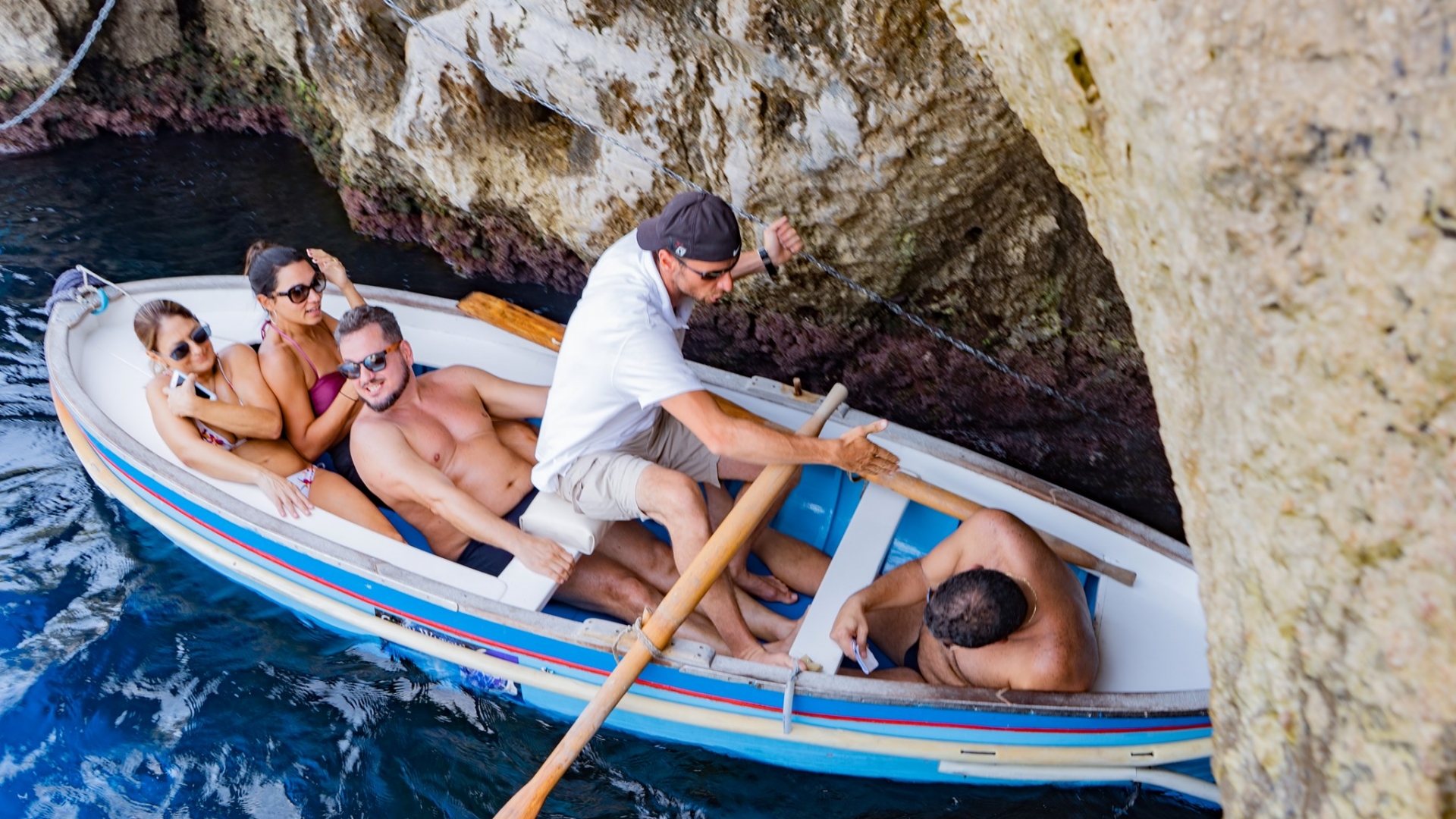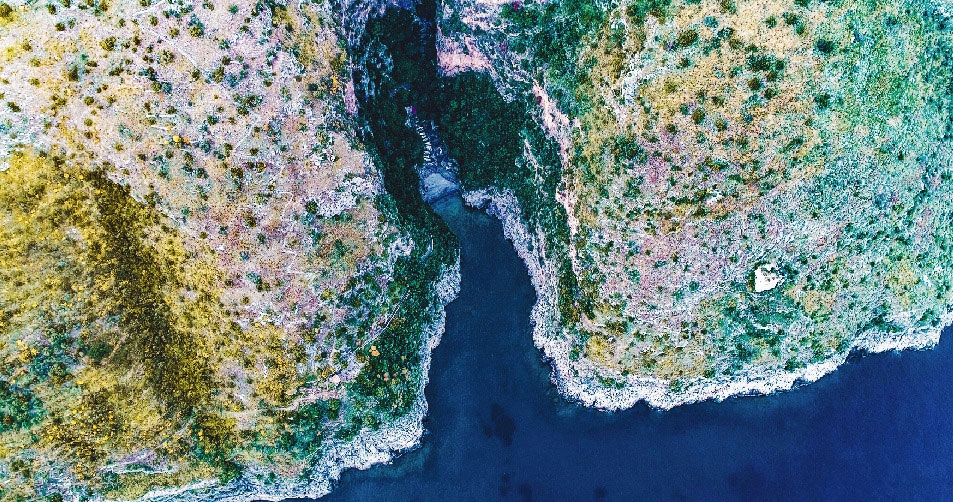Capri
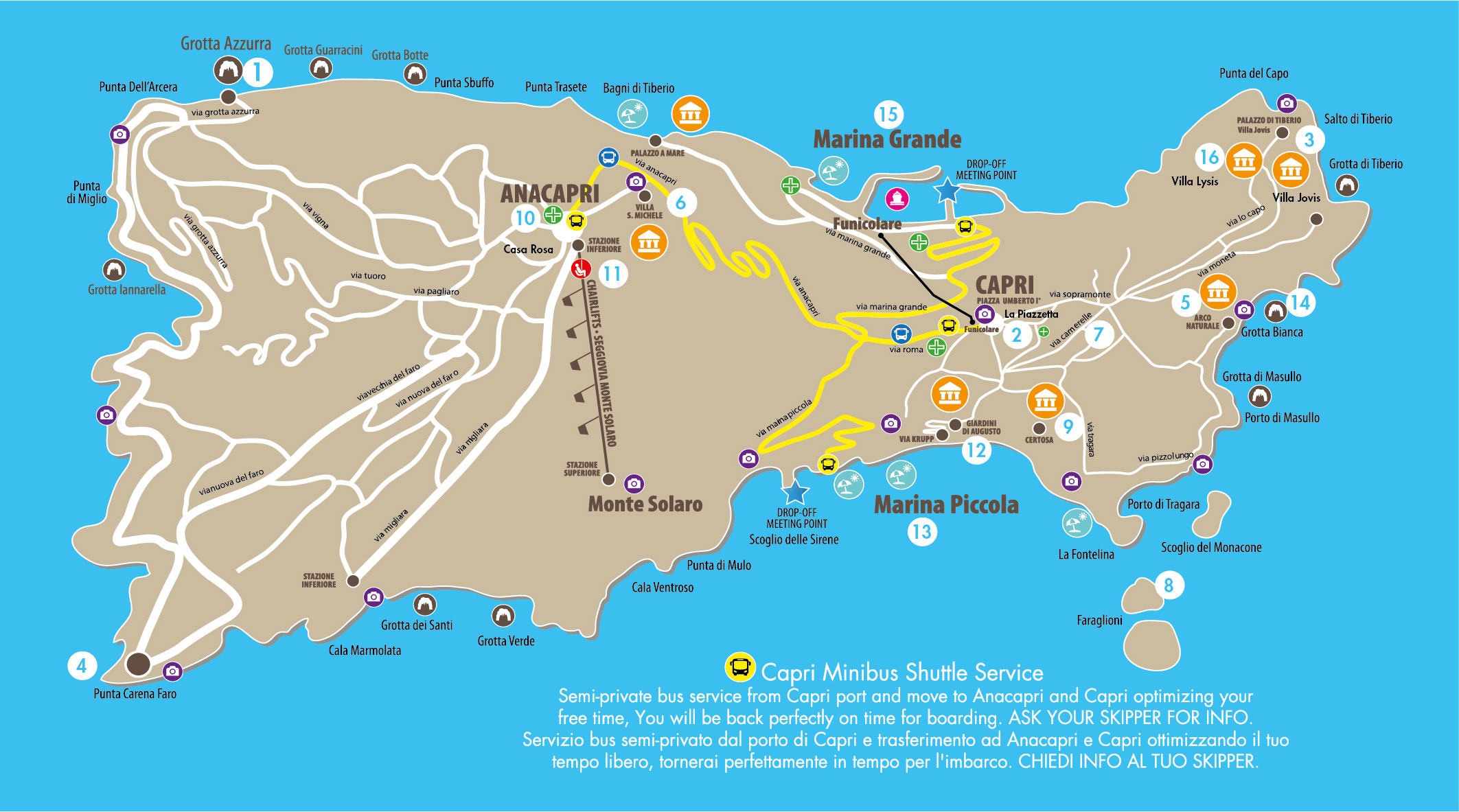
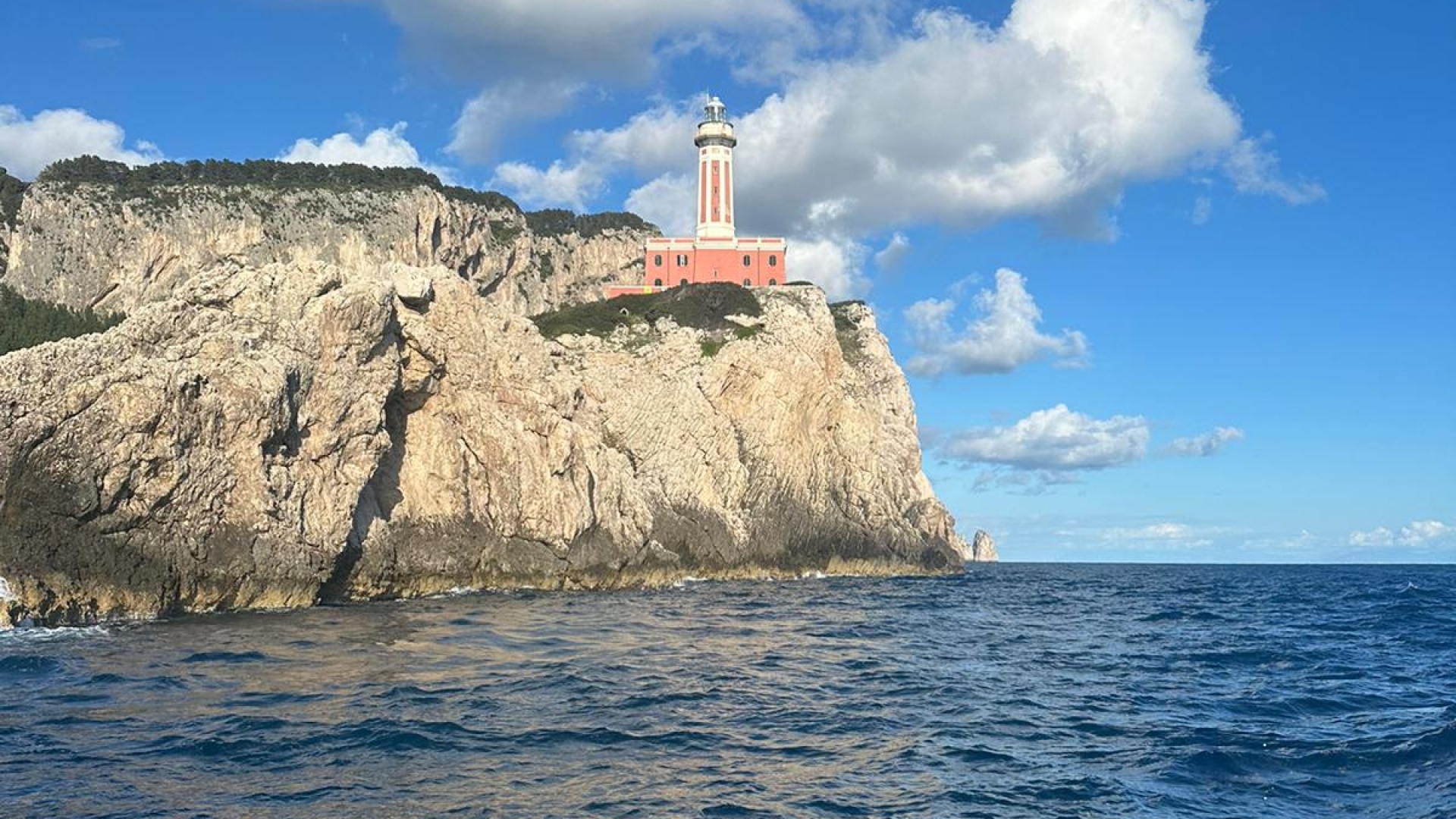
2) The lighthouse of Punta Carena
The Limmo peninsula (from the Latin, border) is home to the Punta Carena lighthouse. Its construction began in 1812, during the Bourbon period, and it was lit for the first time fourteen years later.
In the rocky bay below the lighthouse, it is possible to bathe in crystal clear waters far from the hectic bustle of the island.
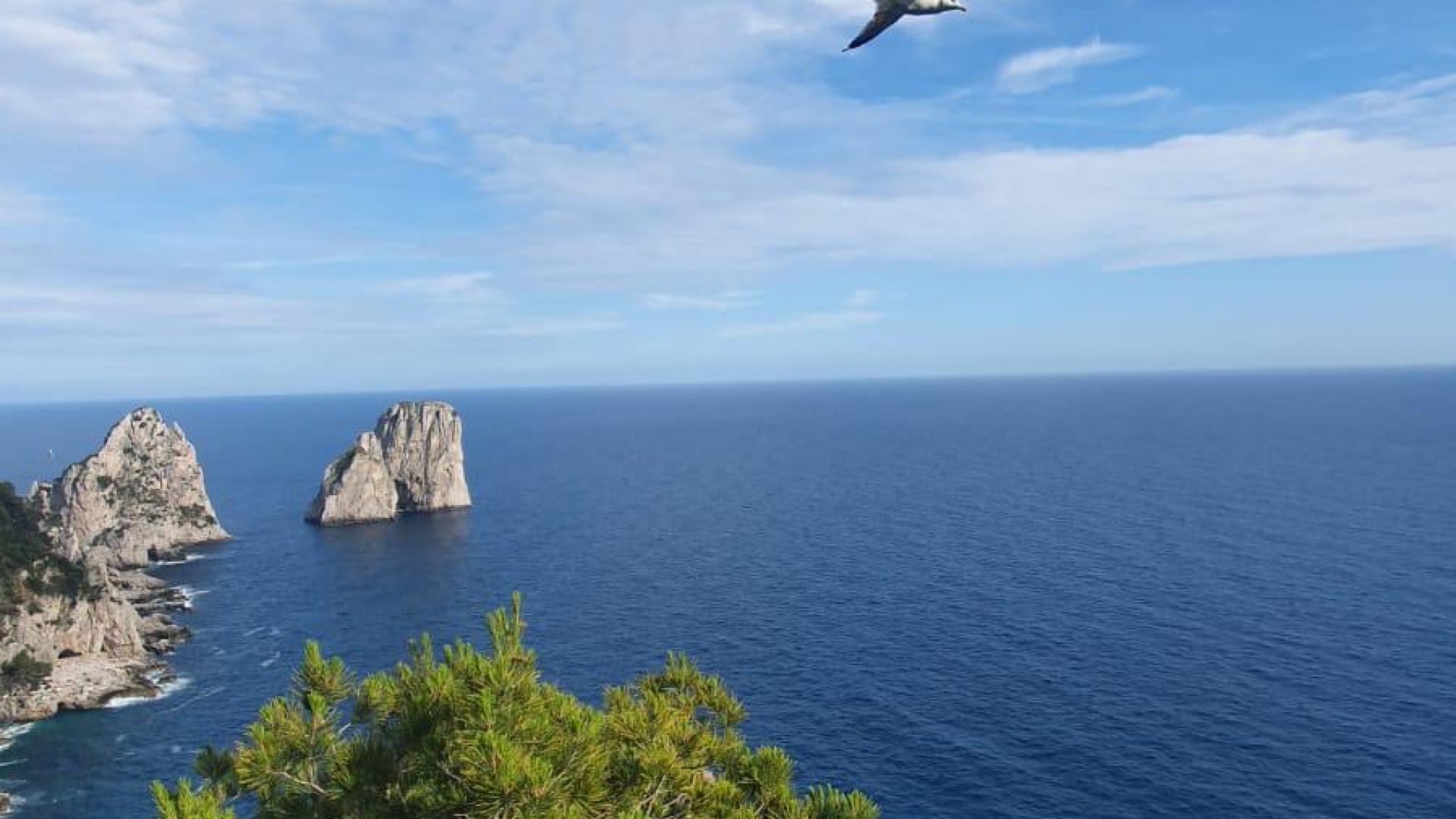
3) Mount Solaro
Do you want to observe Capri from its highest point? don't miss the extraordinary beauty of Mount Solaro at 589 mt. You can get there in no time. It takes 15 minutes with the chairlift that leaves from Piazza Vittoria. Once at the top you can embrace the Faraglioni, the town of Capri, Sorrento, the Gulf of Naples and Salerno with a single glance.
- Open from May to October 9.30am to 5.30pm
- Ticket 12 euro return per person , Children under 7 ride free on their parent's lap.
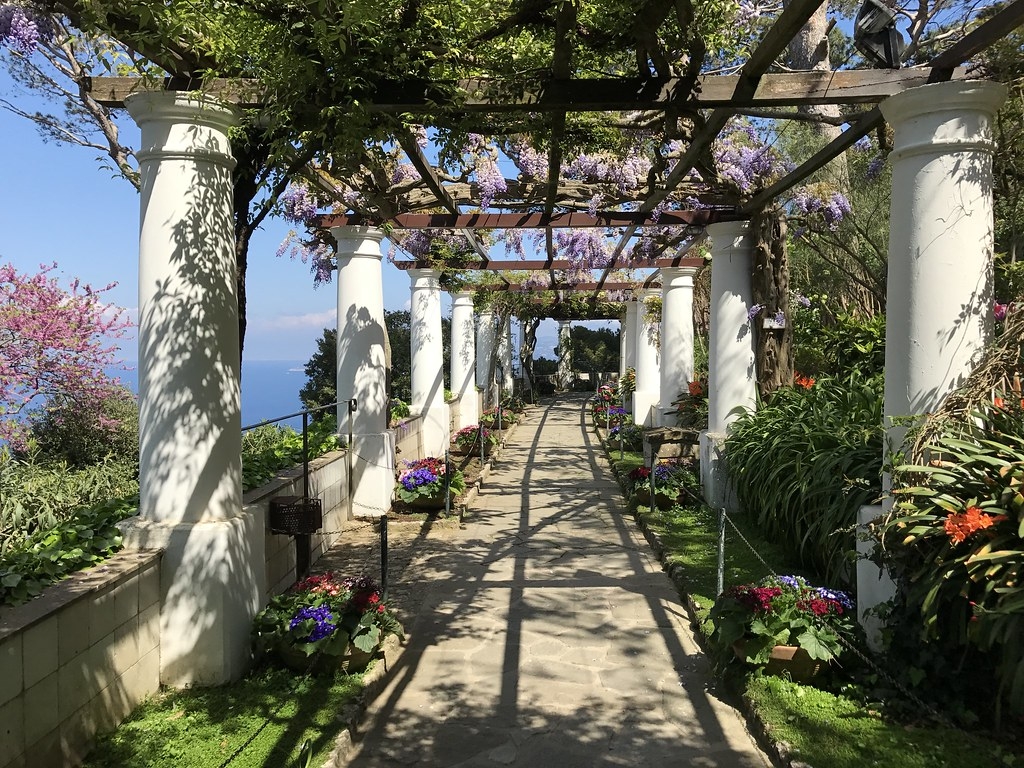
4) Villa San Michele
It was on the ruins of an ancient chapel dedicated to St Michael that the Swedish doctor Axel Munthe built his home on his arrival on Capri, what we now call Villa San Michele and which over the years has been turned into a museum full of artefacts, a location for events and winner of the title of Italy's most beautiful garden.
OPENING HOURS: from May to October, from 9:00 a.m. to 6:00 p.m.
PRICES: 10,00€ per person.
Kids until 10 years old free entrance
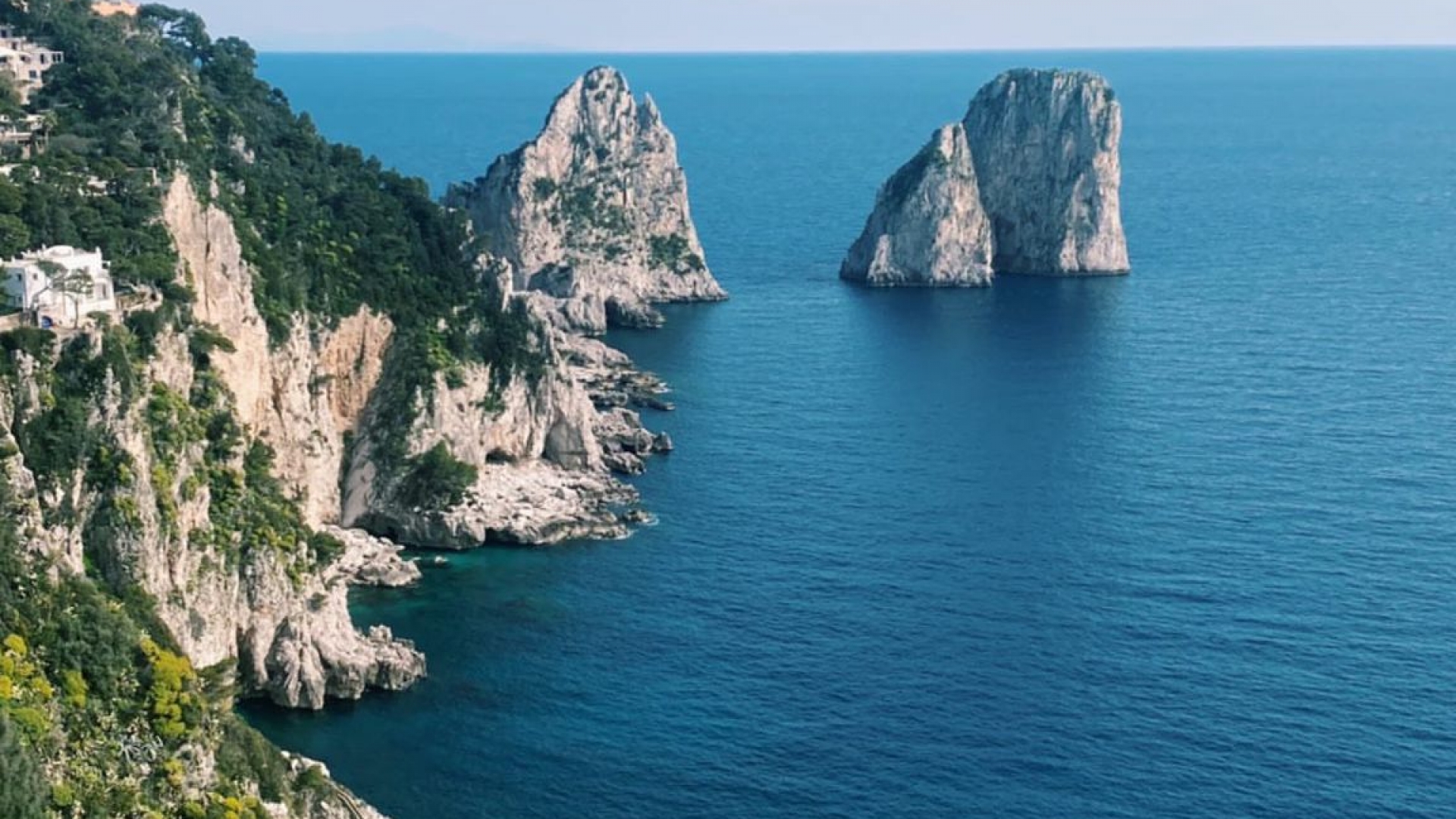
5) Faraglioni
The Faraglioni are the recognisable symbol of the island of Capri. They are a complex of four rocks floating in the blue waters of the island. Each rock has its own name: Stella or Star is 109 metres high, Mezzo or Medio is 81 metres high, the third Faraglione is 104 metres high and is home to a rare species of animal, the blue lizard. Then there is the fourth Faraglione, which lies alone and is named after Monacone, a sea lion that lived on the island centuries ago. Among the many legends that revolve around the Faraglioni and their origins is the one according to which Homer recounts that these giant sea rocks were thrown by Polyphemus, while Virgil says they were the home of the sirens, creatures that were fatal to sailors who allowed themselves to be encaptured by their song.
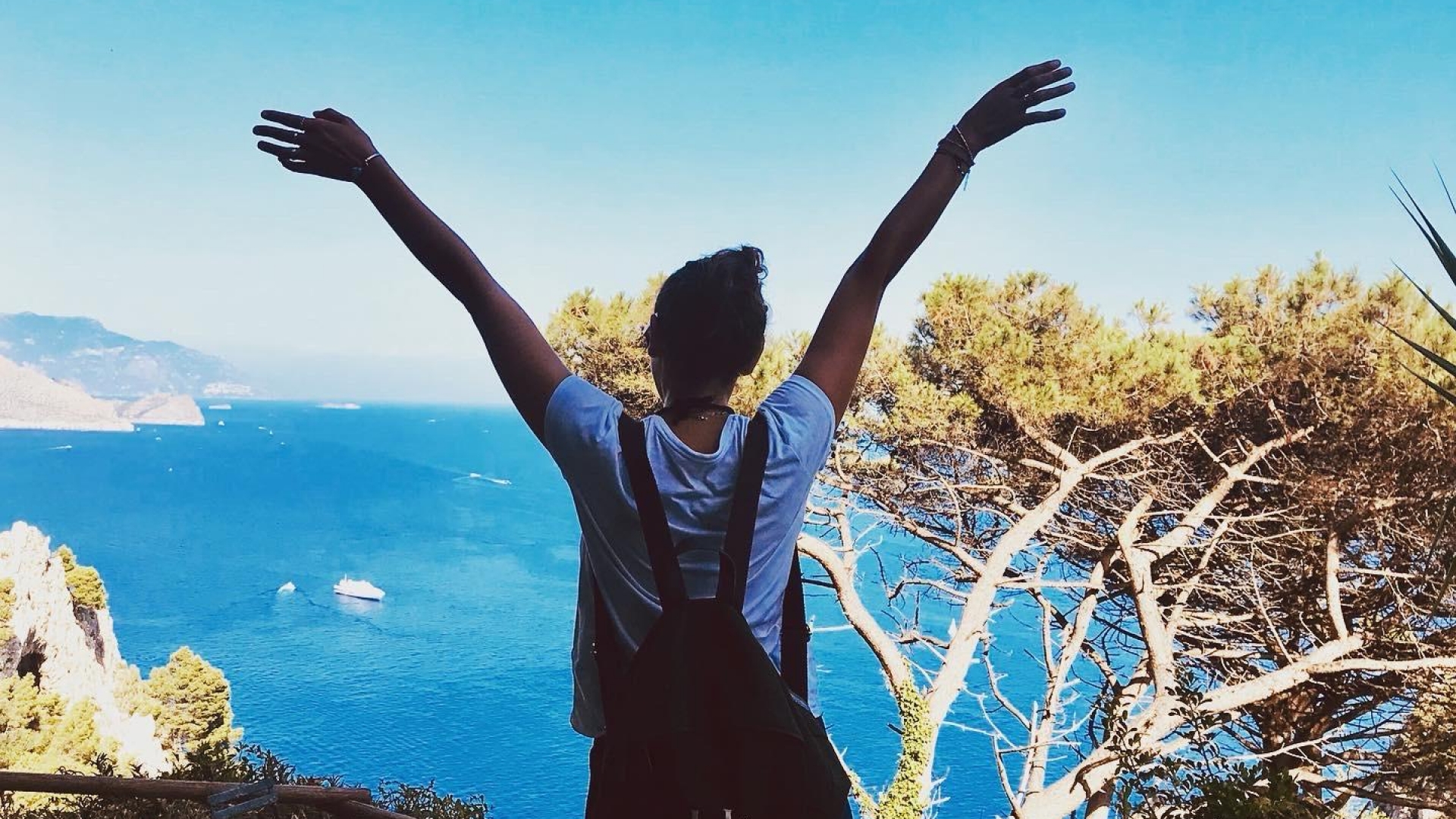
6) Natural Arch
The Natural Arch is a harmonious masterpiece formed over the centuries by the constant action of wind, rain and sea waves. A true work of natural art. Set in the Matermania cove, the arch reaches a height of 18 metres and a width of 12 metres.
Entrance from land is free and open daily at all hours.
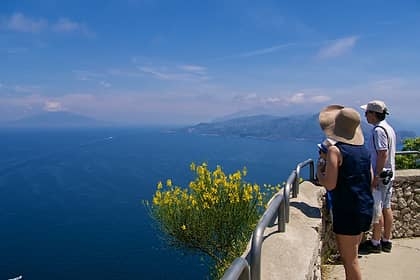
7) Villa Jovis
Villa Jovis is located 354 metres above sea level and covers an area of approximately 7000 square metres. There are 13000 square metres of gardens, terraces and nymphaea surrounding the villa. It was built at the behest of the Emperor Tiberius on top of the mountain that takes its name, Monte Tiberio. Originally the villa reflected the Emperor's strict personality, with narrow and small rooms. Today, thanks to various restorations, it is possible to see the fascinating ruins of the villa, which leave room for the imagination and still houses the four cisterns for storing rainwater, one of which is still active, to meet the water needs of the inhabitants.
- PRICES:6.00 € . Admission is free for EU nationals under 18.
- OPENING HOURS:Open from 1 June to 30 October, every day from 10:00 to 19:00. Before setting off the long uphill road, stop in the Piazzetta to ask for confirmation of the opening at the Information office.
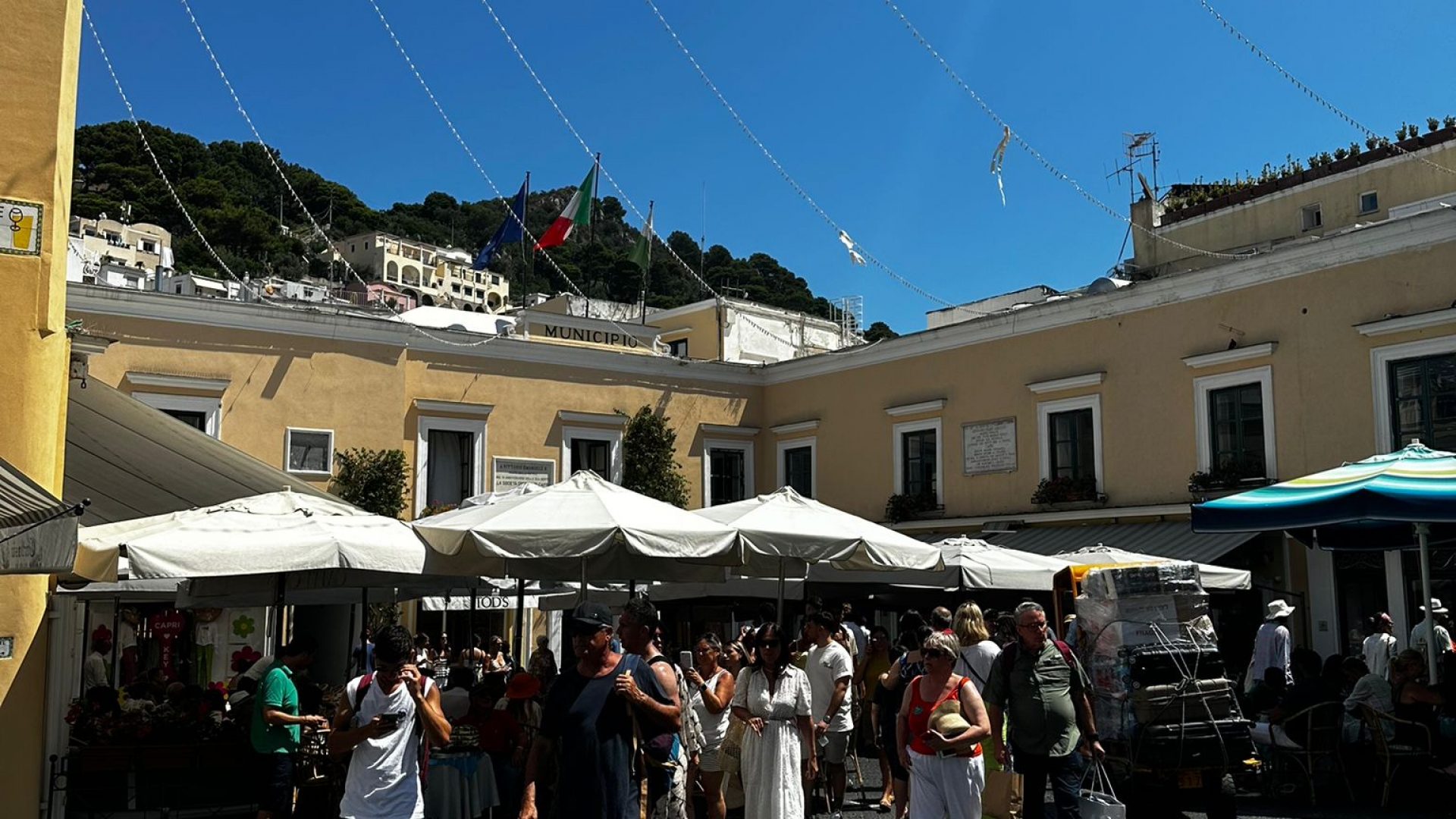
8) La Piazzetta
Piazza Umberto I or better known as "La Piazzetta" is considered the beating heart of Capri, famous and renowned all over the world. To reach it, just cross the terrace of the funicular railway from which you can admire the Gulf of Naples.
On summer nights it is possible to sip a drink in the bars near the Campanile, whose clock tower marks the time of Capri. A particular time which seems to be suspended. This is the feeling you get when you take a break in the Piazzetta.
Capri is characterized by narrow streets that intersect with each other, on the sides of which there are typical and luxury shops. Framing the thousand faces of the island are buildings from the 1600s and the eighteenth-century Town Hall complex.
During the low season, Piazza Umberto I gives way to the people of Capri who populate it from early morning, surrounded by the perfume of coffee and freshly baked croissants.
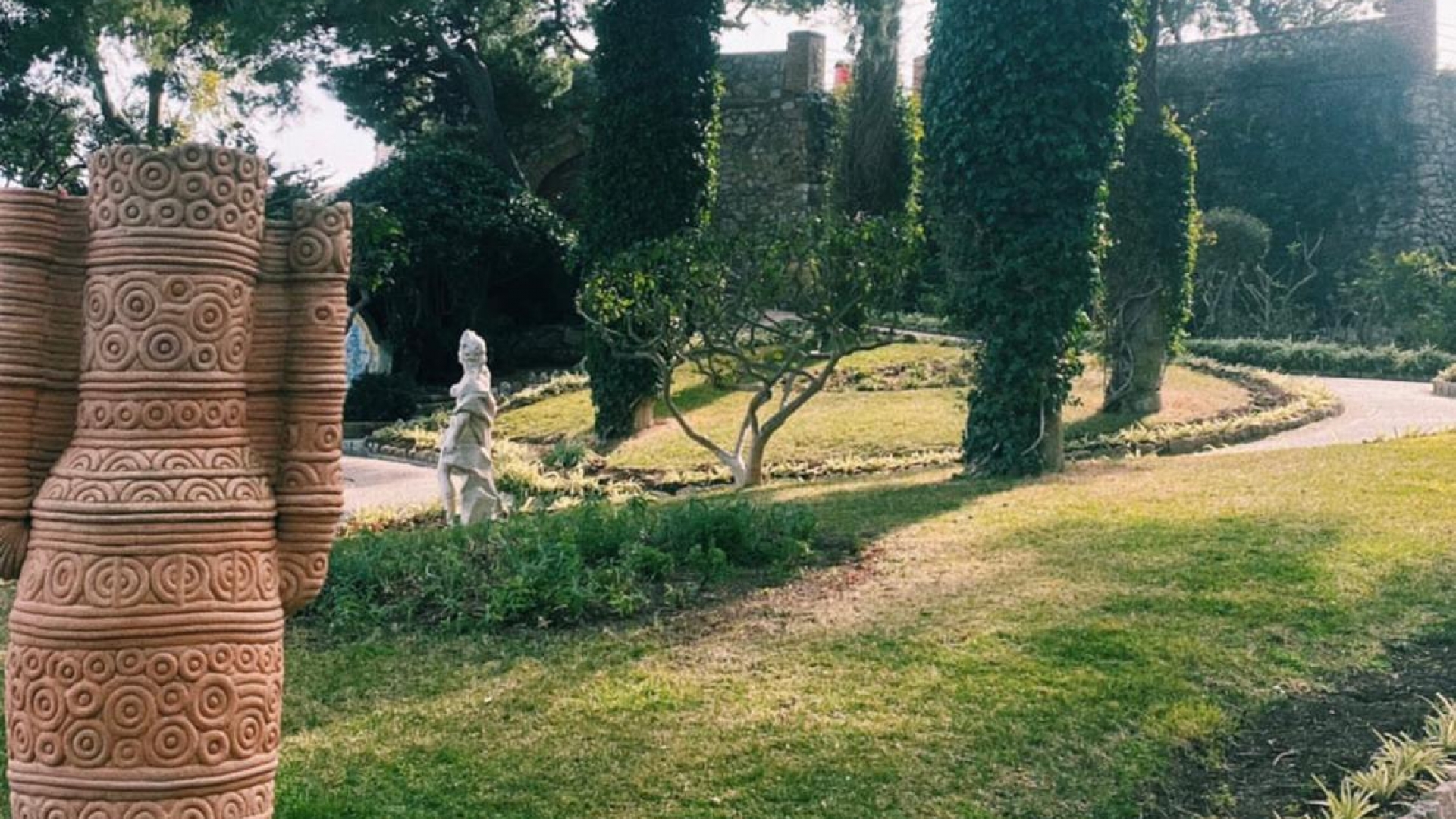
9) Gardens of Augustus and Via Krupp
The owner was Friedrich Alfred Krupp, who moved to Capri at the end of the 19th century. The gardens were built among the ruins of ancient Roman Empire. Krupp gave the gardens to the town of Capri and in the garden lies a statue of Lenin by the sculptor Manzu.
Via Krupp Friedrich Alfred Krupp spent his summer holidays in Capri and had a road built in the rock, unique in the world for its beauty, with a difference in height of about 100 meters and a series of hairpin bends so narrow as to seem superimposed, which led from Marina Piccola, where he docked with his yacht, to the area of Gardens of Augustus, where the Quisisana then reached the most famous structure of Capri. Via Krupp is currently closed due to the danger of falling rocks. It can only be admired from the top of the Gardens of Augustus.
- Ticket 1 euro per person
- Open every day from May to October from 9:00am to 7:30pm
